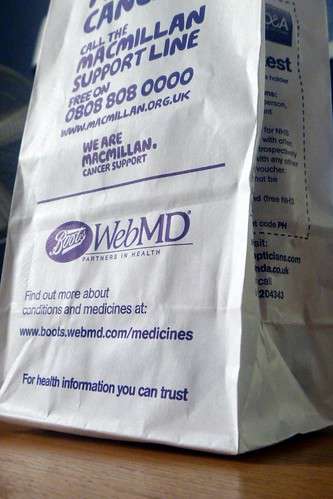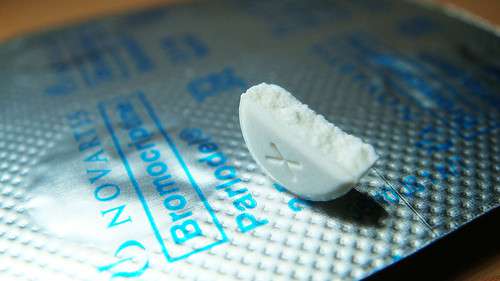
The color of pharmaceutical packaging can have a significant impact on consumer perception of potency, speed of action, and price. Image Source: Flickr user Pete
The appearance of pharmaceutical packaging is more important than ever before. With the rise of direct-to-consumer marketing and growing popularity of online sales, consumers are increasingly being introduced to both prescription and over-the-counter medications through visual media. As with any product, attractive presentation can greatly enhance consumer perception. Color is an integral component of packaging, is one of the primary factors influencing purchasing decisions, and, as research presented at the Oxford Business & Economics Program states, “can be an effective mean of creating and sustaining brand image in customer’s mind.”1 Distinctive package color can also enhance health and safety by allowing for quick differentiation between drugs, minimize the risk of illegal knockoffs at a time when the counterfeit drug market is expanding rapidly, and even increase patient adherence.2 Thoughtful package color schemes require precise color measurement to ensure consistency and accuracy.

The increasing popularity of online pharmaceutical sales makes attractive presentation more important than ever, as consumers make purchasing decisions based on visual information. Image Source: Flickr user Pete


